There's quite a few different types of technology (and computers) referenced in the world of Serial Experiments Lain, while some of them are easily matched, some of them aren't. In addition, some of the technologies weren't available at time of production (for example: speech recognition).
2 Answers
#Familiar technologies:
#The Wired
The Wired is similar to The Internet and runs on IPv4.
#Tachibana Industries
Based on their naming schemes and designs, they're most likely a reference to Apple Inc.
#Alice's Navi:
Alice's Navi looks like the bubble iMac G3:
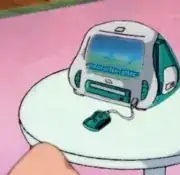
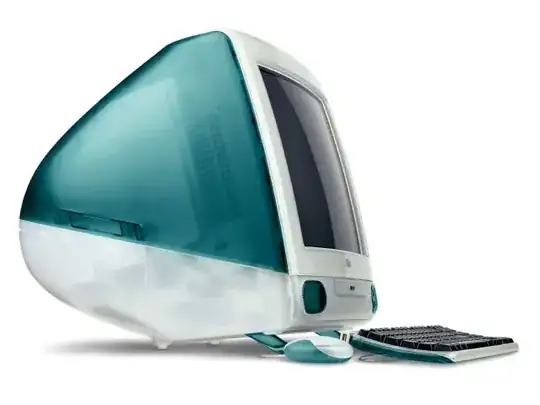
#Lain's original Navi
Lain's original Navi is based off the 20th Anniversary Macintosh:
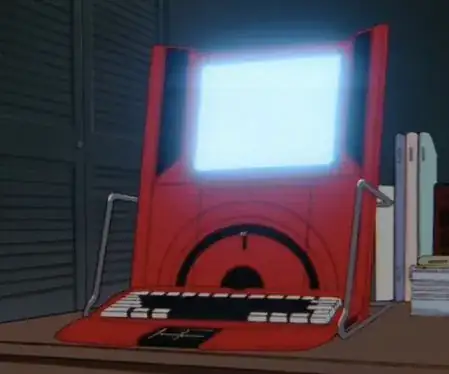
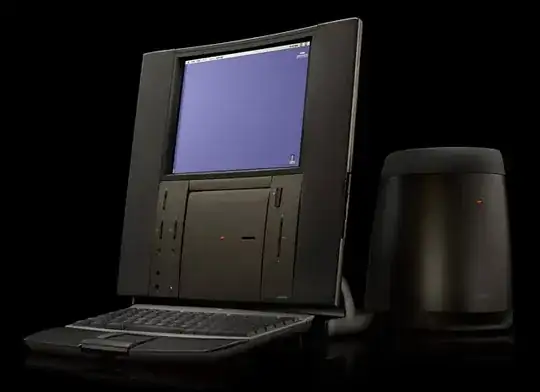
#C Language
The Navi systems run C:
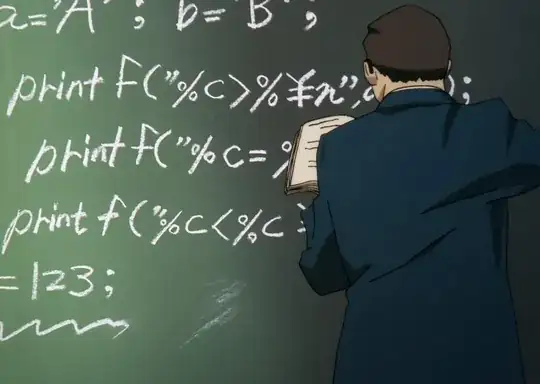
#Common Lisp Language:
The Navi systems also run Common Lisp (A dialect of Lisp):
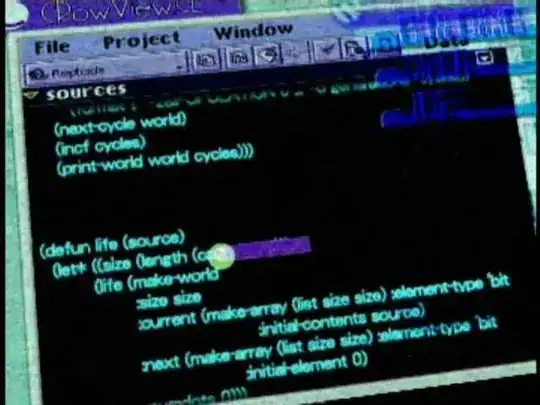
#MIPS-ASM
During one of the scenes where Lain is on her Navi, Assembly code identified to be MIPS-ASM flashes across the screen.
#Copland OS:
The OS that the Navis run, Copland OS is based on a failed Apple project from two years prior.
#PHANTOMa
PHANTOMa is similar to dungeon games like Might and Magic and Dungeon Master.
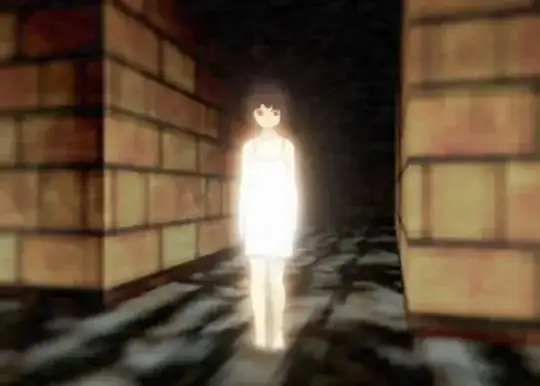
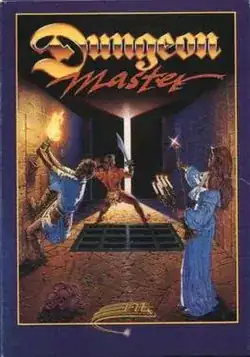
#HandiNAVI
The HandiNAVI is similar to the Apple Newton line.
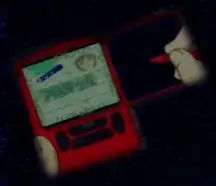
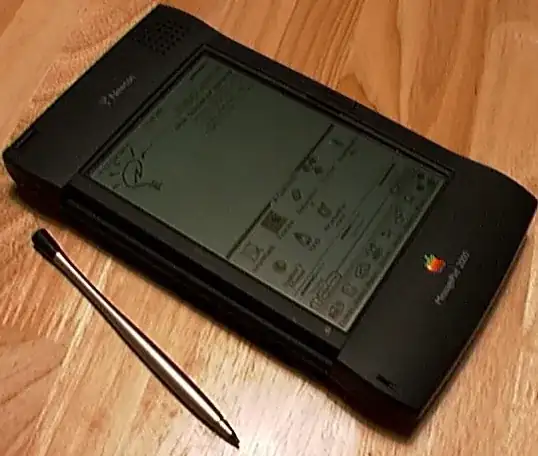
#Protocol Seven
Protocol Seven is Internet Protocol version 7 (drafted in 1993) an RFC that was never implemented in favour of Internet Protocol version 6, whose RFC was drafted in December 1998, after the series had finished.
#Unfamiliar:
#Psyche chip
In Layer 02, Lain gets a chip that lets her interact with the Wired without standard input devices. This is similar to the concept of Virtual Reality, yet is beyond today's technology.
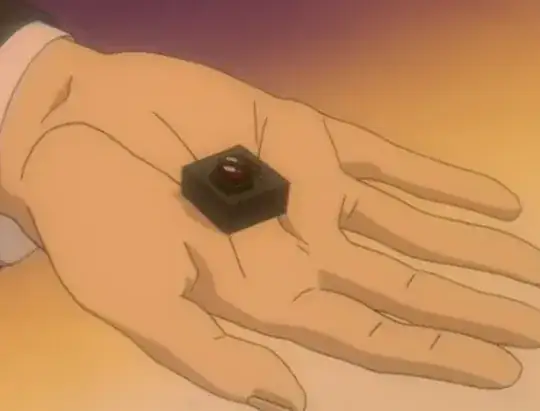
#Unavailable at time of production:
#CU Mail
In Layer 11, Alice is in a videocall with Juri. This is similar to today's videocalling services like Skype and Google Hangouts.
#Navi's speech recognition:
Lain is seen controlling her Navi via speech recognition. This is similar to today's Cortana and Siri.
-
1CU Mail sounds like it could have been inspired by [CU-SeeMe](https://en.wikipedia.org/wiki/CU-SeeMe), one of the most popular early video chat applications from the '90s. – Zach Lipton Mar 28 '16 at 16:22
-
Some other references (like Lain's father's UI resembling NeXTSTEP) are pointed out here: https://www.cjas.org/~leng/apple-lain.htm – liori Nov 06 '17 at 02:41
Maybe too late but I'd be willing to chime in and note that Mac OS had speech recognition with assignable actions (Speakable Items) back in Mac OS 9 if not even earlier, and, though a bit limited, it could not only wait for a keypress, but constantly listen for a keyword that designates a command will be said after it.
So, in fact, this was, not as idealistic, but a reality of that time.
And for video chat there was a program called iVisit also in the times of Mac OS 9 which was a bit limited yet could provide some entertainment :-)
- 111
- 1
-
1While they're close, Lain predates Mac OS9. Lain aired in mid-1998, while Mac OS 9 was released in late 1999. However, other commercially available speech recognition programs existed prior to 1998, for example [Dragon NaturallySpeaking](https://en.wikipedia.org/wiki/Dragon_NaturallySpeaking). – Logan M Feb 21 '17 at 20:35
-
According to [Wikipedia](https://en.wikipedia.org/wiki/PlainTalk) the first time Macs were able to recognize speech was 1993. So yeah, even if the Lain's creators were inspired solely by Apple products, this was still a thing back then. – akasaka Feb 22 '17 at 20:54